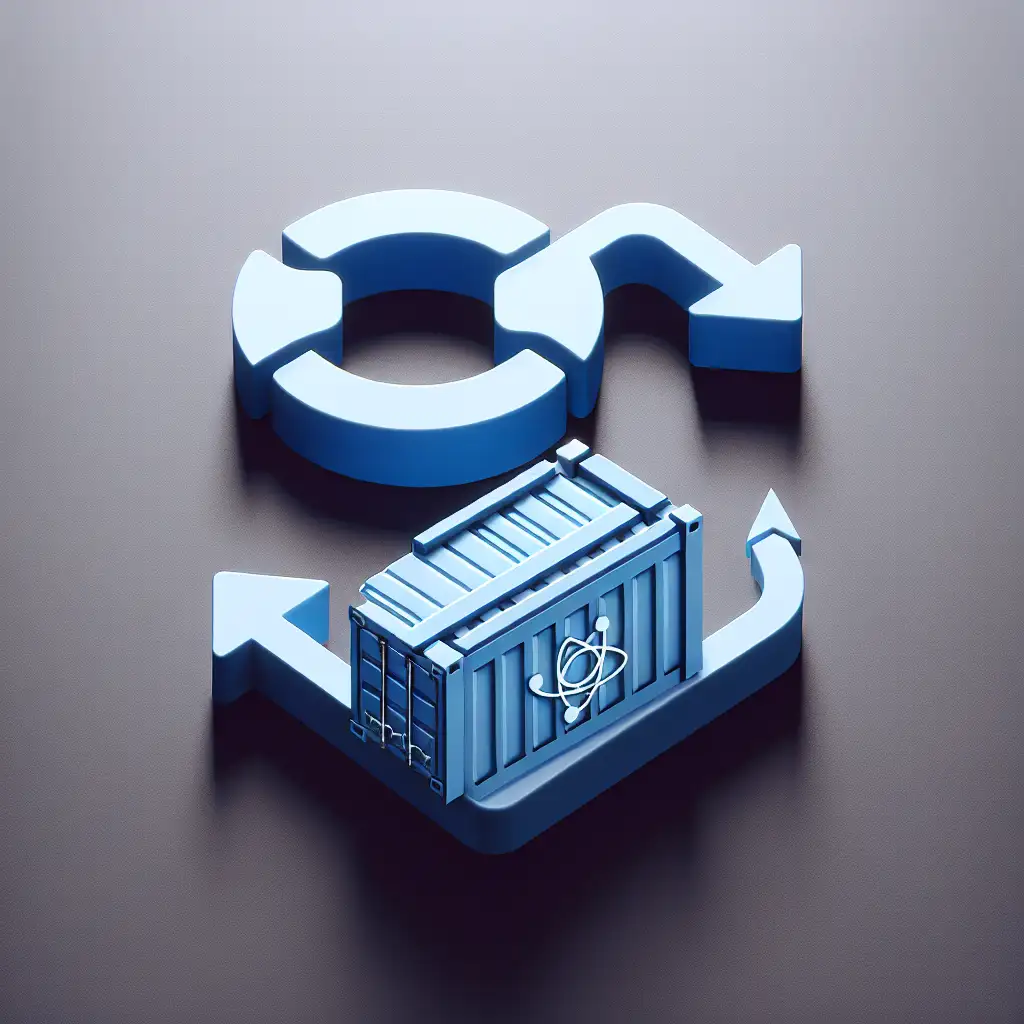Streamlining ASP.NET Core Deployment: Best Practices for Docker Containerization
Misconfigured environments, subtle dependency drift, and inconsistent builds are responsible for a significant share of outages in .NET Core applications. Containerizing with Docker remedies these problems—if done correctly. Here’s a field-tested approach that avoids common pitfalls and lays the groundwork for stable, repeatable ASP.NET Core deployments.
Environment Consistency: Why Bother?
When a build passed QA but then failed in staging last quarter, the root cause boiled down to minor OS package versions mismatching between VM images. Docker’s containerization eradicates these inconsistencies. It provides:
- Bitwise-identical runtime environments, from laptop to cloud
- Predictable build artifacts (stateless, immutable)
- Simplified integration with CI/CD platforms (GitHub Actions, Azure DevOps)
Trade-off: There’s image overhead and initial build latency, but in nearly all non-trivial projects this pays for itself within two sprints.
Minimal, Secure Dockerfile — Not the Default
A typical Dockerfile copied from Microsoft Docs often leaves behind unnecessary build tools and bloat. Instead, use multi-stage builds to control what ships:
FROM mcr.microsoft.com/dotnet/sdk:7.0 as build
WORKDIR /src
COPY *.csproj ./
RUN dotnet restore
COPY . .
RUN dotnet publish -c Release -o /app
FROM mcr.microsoft.com/dotnet/aspnet:7.0 as runtime
WORKDIR /app
COPY --from=build /app .
EXPOSE 80
ENTRYPOINT ["dotnet", "AppName.dll"]
Replace AppName.dll appropriately. Avoid hardcoding secrets or credentials.
Best practice:
- Only copy the
.csprojand rundotnet restorefirst, so Docker cache only busts if your dependencies change. - Keep the published output directory (
/app) isolated from the build context.
.dockerignore should always include bin/ and obj/ folders to trim context size:
bin/
obj/
.vscode/
.git/
tests/
Building and Running Locally — Don’t Just Trust CI
A local build surface catches errors sooner:
docker build -t acme/sampleapi:0.1.0 .
docker run --rm -it -p 8080:80 acme/sampleapi:0.1.0
Access at http://localhost:8080. Real containers sometimes fail with opaque errors such as:
Unhandled exception. System.IO.DirectoryNotFoundException: /app/appsettings.Production.json
Missing configuration files are a frequent source of short-lived containers. Always validate your Docker context for required runtime configs.
Configuration: Use Environment Variables, Not Static Files
The preferred way to inject configuration (app settings, connection strings) is via environment variables, leveraging ASP.NET Core’s native configuration layering:
docker run -e "ASPNETCORE_ENVIRONMENT=Staging" \
-e "ConnectionStrings__Main=Server=db,1433;User Id=sa;..." \
-p 8081:80 acme/sampleapi:0.1.0
Trade-off: Environment variables are visible to docker inspect. For secrets, combine with container orchestration secret stores (e.g., Azure Key Vault, Kubernetes Secrets).
Orchestrating Multi-Service Stacks
Real production backends rarely run standalone. Use Docker Compose to deploy dependent services (e.g., SQL Server, Redis) with correct networking:
version: '3.8'
services:
api:
image: acme/sampleapi:0.1.0
ports: ["8080:80"]
environment:
- ASPNETCORE_ENVIRONMENT=Development
- ConnectionStrings__Main=Server=db;Database=orders;
depends_on: [db]
db:
image: mcr.microsoft.com/mssql/server:2022-latest
environment:
SA_PASSWORD: "DevPassword!2024"
ACCEPT_EULA: "Y"
ports: ["1433:1433"]
Bring up with docker-compose up -d --build.
Note: Initial startup of SQL Server containers may take 30+ seconds; ASP.NET services may error until DB is ready.
Image Slimming and Performance
- Alpine-based .NET images are available (
mcr.microsoft.com/dotnet/aspnet:7.0-alpine) and reduce image size by ~60 MB, but not all third-party .NET libraries are compatible due to missing native libraries. Test thoroughly before switching. - Cache invalidation is a double-edged sword: whenever any file changes, the entire Docker layer is rebuilt unless you isolate dependency restores.
- Historical tip: In some cases, using
dotnet publish --no-restorein the publish stage (if prior restore succeeded) minimizes build time.
Registry Publishing — Automated vs. Manual
Tag for your registry (Docker Hub, ACR, ECR):
docker tag acme/sampleapi:0.1.0 myregistry.azurecr.io/acme/sampleapi:0.1.0
docker push myregistry.azurecr.io/acme/sampleapi:0.1.0
Build systems (e.g., GitHub Actions with docker/build-push-action@v4) should take over after manual verification.
Health Checks: Make Failures Obvious
Visibility into container liveness is critical for orchestrators. Add a HEALTHCHECK directive and wire up a robust endpoint in your app:
HEALTHCHECK --interval=20s --timeout=3s \
CMD wget --spider -q http://localhost/health || exit 1
Implement /health using Microsoft.Extensions.Diagnostics.HealthChecks.
Gotcha: Kestrel may not be ready instantly; unhealthy probes during cold start are normal.
Recap
Containerization of ASP.NET Core—done with lean, secure builds, immutable configuration, and proven orchestration—combats environment drift and simplifies recovery. While Alpine images can further reduce size, compatibility must be validated. Local build-and-run is non-negotiable: CI alone misses context errors. Applying health checks surfaces boot failures rapidly during rollout.
Most deployment failures in 2024 come from minor oversights in configuration and image layering—not code bugs. The workflow above closes most of those gaps.
Non-obvious tip:
If running in Kubernetes, map container ports above 1024 to avoid root user default. Adjust EXPOSE 8080 instead of 80.
For teams rolling out cloud-native ASP.NET Core apps at scale, mastery of these Docker fundamentals is the hidden productivity multiplier. If you encounter edge-case issues with cross-platform dependencies (e.g., Oracle DB provider), document and share. There’s always another quirk with real workloads.
